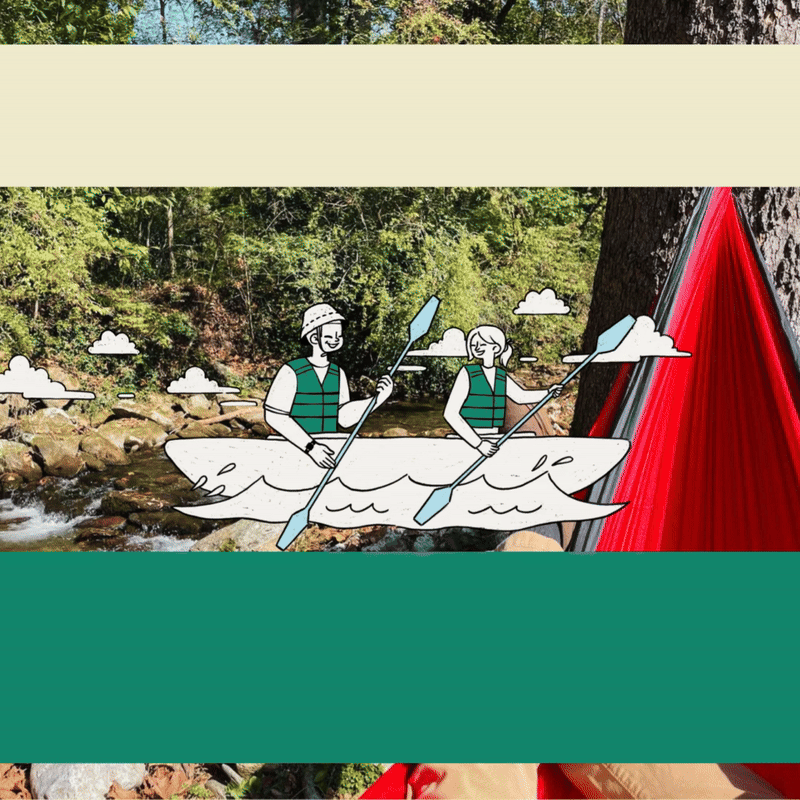White water rafting on the Nantahala River offers more than just exhilarating rapids and stunning Appalachian views—it’s also a chance to spot some of the area’s fascinating wildlife. But one unexpected visitor has sparked curiosity (and sometimes concern) among rafters and hikers alike: wild boars.
So what’s the story with wild boar sightings along the Nantahala River? Are they dangerous? And should you worry during your Nantahala white water rafting adventure? Let’s break it down.
Wild Boars in the Nantahala National Forest
Wild boars, also known as feral hogs, are not native to the Appalachian Mountains. These animals were introduced to North America in the early 1900s and have since become established in various parts of the Southeast—including Western North Carolina. The Nantahala National Forest, with its dense foliage, steep terrain, and abundant food sources, is an ideal habitat for them.
While wild boars are generally elusive and avoid humans, they are occasionally spotted along the forested banks of the Nantahala River, particularly during early morning or late evening hours when they’re most active.
What Do Wild Boars Look Like?
Wild boars can weigh anywhere from 100 to 300 pounds and have coarse, dark fur with sharp tusks. They are known for their rooting behavior, using their snouts to dig up soil in search of food. While they might look intimidating, they typically keep their distance when they sense human activity—especially the noise and splashing of rafters.
Should Rafters Be Concerned?
Not really. Wild boars are shy and tend to avoid populated or noisy areas. If you’re white water rafting down the Nantahala River, the likelihood of a close encounter is extremely low. Most sightings are from a distance and occur when the animals are foraging near the river’s edge.
Still, it’s smart to be aware of your surroundings, especially if you’re:
- Camping near the river
- Hiking on less-trafficked trails
- Stopping for a riverside picnic
Safety Tips for Wild Boar Sightings
While it’s rare to come face-to-face with a wild boar on a rafting trip, here are a few tips to stay safe:
- Keep your distance if you spot one—do not approach or try to feed it.
- Don’t leave food or trash behind on riverbanks or trails.
- Make noise when hiking or setting up camp, as this helps scare off wildlife.
- If confronted, slowly back away—never corner a wild animal.
Wild Encounters Add to the Adventure
Seeing wildlife, including wild boars, is part of the natural charm of Nantahala white water rafting. Most visitors never see one, but when they do, it’s from a safe distance and adds to the sense of wilderness that makes the Nantahala River so special.
So grab your paddle, soak in the mountain air, and enjoy the rapids—because the only thing you’ll likely encounter up close is some of the best white water rafting in the Southeast.
